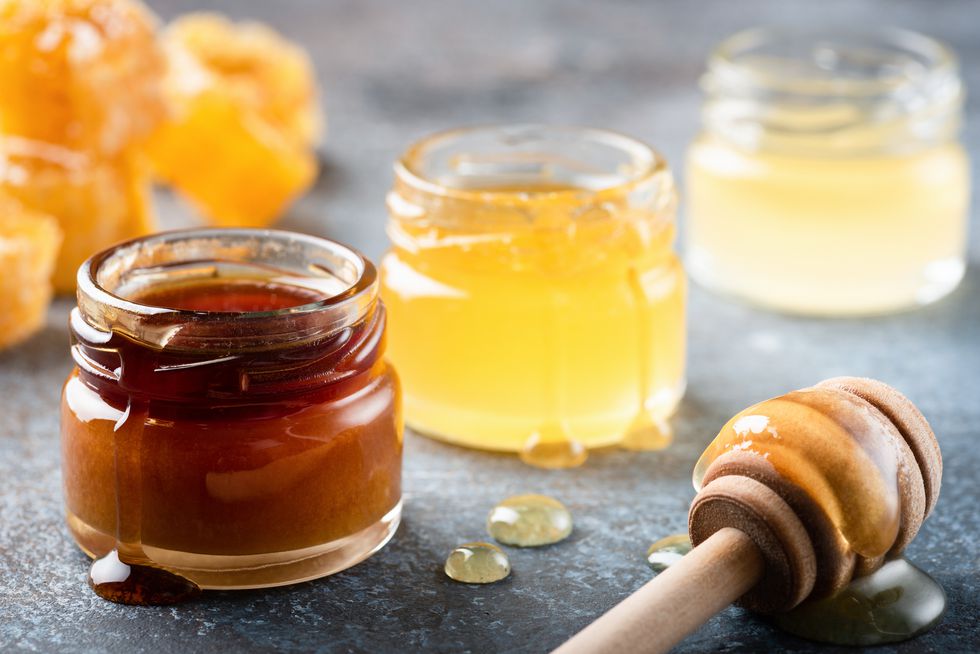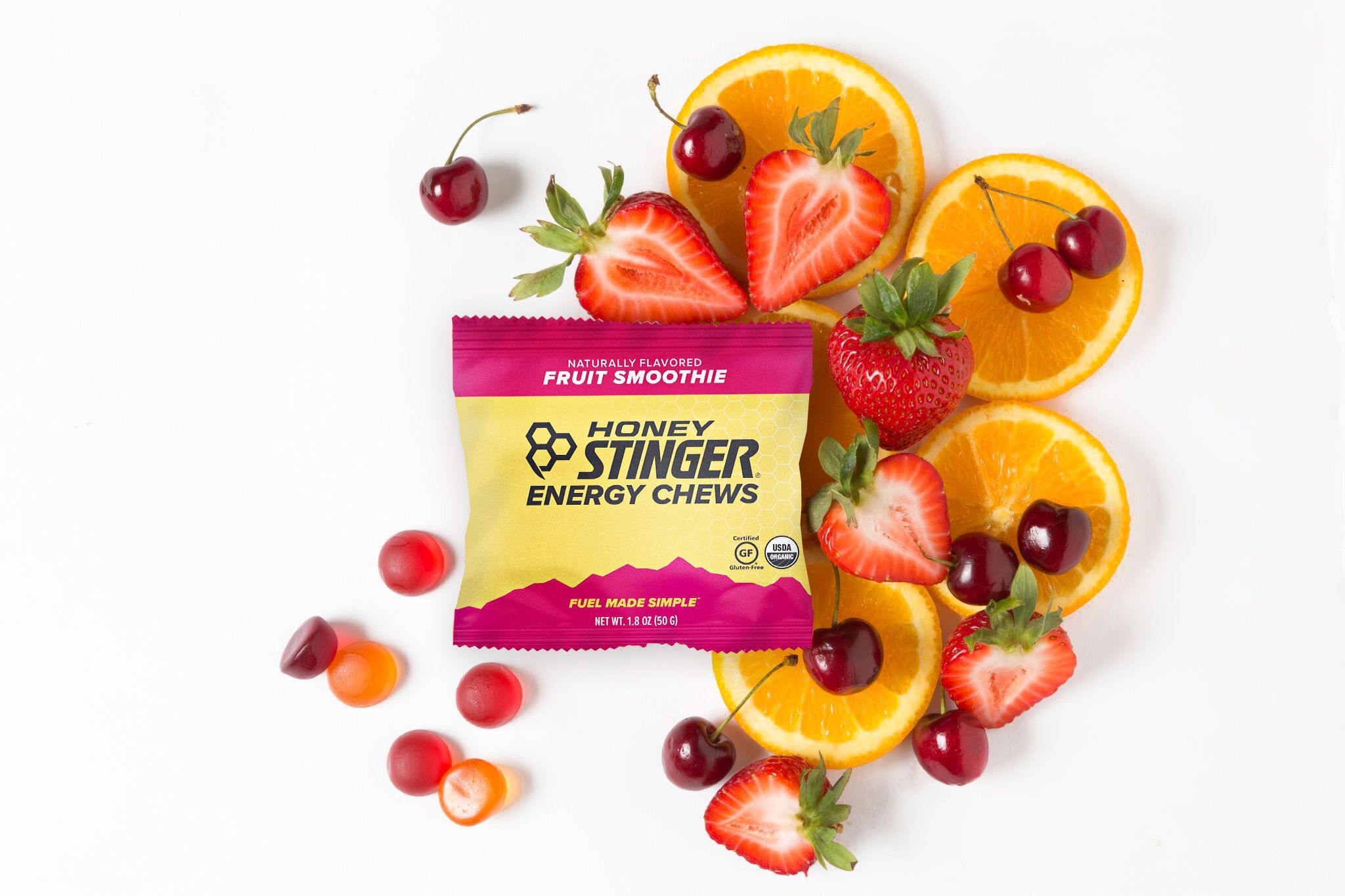All runners know that fueling is vitally important. Even if you’re not counting gels for your next marathon, you know that what you put into your body affects how you feel when you start moving it.
With a seemingly endless spread of options, it can be tough to determine the best thing to eat on the run. Ultimately, runners should choose foods or products that work for them, says Melissa Rolwood, a Pennsylvania-based registered dietitian and runner. Put simply, your fuel should power your runs without upsetting your stomach.
“Every person is different, so you need to do a lot of trial and error,” says Rolwood. “You’re training your body for running, but also for fueling.”
There’s one great option you may not have considered, even though it’s probably hiding right under your nose: honey. We asked Rolwood to explain why the golden, sticky stuff could be the ideal fuel to power your long runs. Here are the four key reasons.
1. It’s real food
Honey is sugar, pure and simple. While it’s not what’s known as a natural sugar—that superlative goes only to fructose and lactose—it’s far less processed than the cane sugars and high fructose corn syrups of the world. Many athletes are trending toward fueling with foods that are not highly processed and made with quality ingredients. Check and check for honey.
2. It has the simple sugar your body needs
When looking for a midrun fuel, explains Rolwood, you want what are known as simple carbohydrates, or simple sugars, which are broken down quickly by the body and immediately available to be used as energy.
“If your fuel has too much fat or protein, that will slow down the digestion process, which means it will take longer for your body to absorb the energy,” she says. Plus, that could lead to stomach troubles.
Honey—either as a pure honey packet or as the key ingredient in a chew, bar, or gel like those made by Honey Stinger—is considered a combination of carbohydrates. It contains the natural sugars fructose and glucose, which makes it an excellent source of the simple sugar your body needs while on the move as well as during recovery, when your muscle’s glycogen stores are depleted.
Ideally, you’ll want to consume about 100 calories, or roughly 30 to 60 grams of carbohydrates, every hour for runs that last more than 60 minutes. Honey has about 17 grams of carbohydrates per tablespoon. This fueling strategy will keep the glycogen in your muscles topped off, which will delay fatigue.
Rolwood notes that honey alone does not offer electrolytes, which are needed to promote muscle function. For that, you’ll need to supplement with sports drink or foods with electrolytes like sodium and potassium. Again, a honey-based gel or chew will do the trick here.
3. It can help kick-start recovery
Once the sugar from honey—or from any carbohydrate source—is used for immediate energy needs and to restock glycogen stores in the muscles, excess sugar will be stored as fat, Rolwood says. This means honey and honey-based products can feed your body to help it refuel and recover.
A proper recovery snack or meal must also include protein, Rolwood says. A good option is a piece of toast with nut butter and a drizzle of honey.
4. It’s rich in antioxidants
Yes, honey and honey-based products can fuel your runs and recovery, but they can also provide other health perks, thanks to their antioxidant content. Rolwood notes, however, that the exact makeup of the compounds in honey can vary depending on the type of flowers the bees pollinate.
And, she says, “If you’re in search of antioxidants, fruits and vegetables are a better bet.” Fair enough, but do you know what would really liven up your blueberries and yogurt…?
A true love for sports





Recent Comments